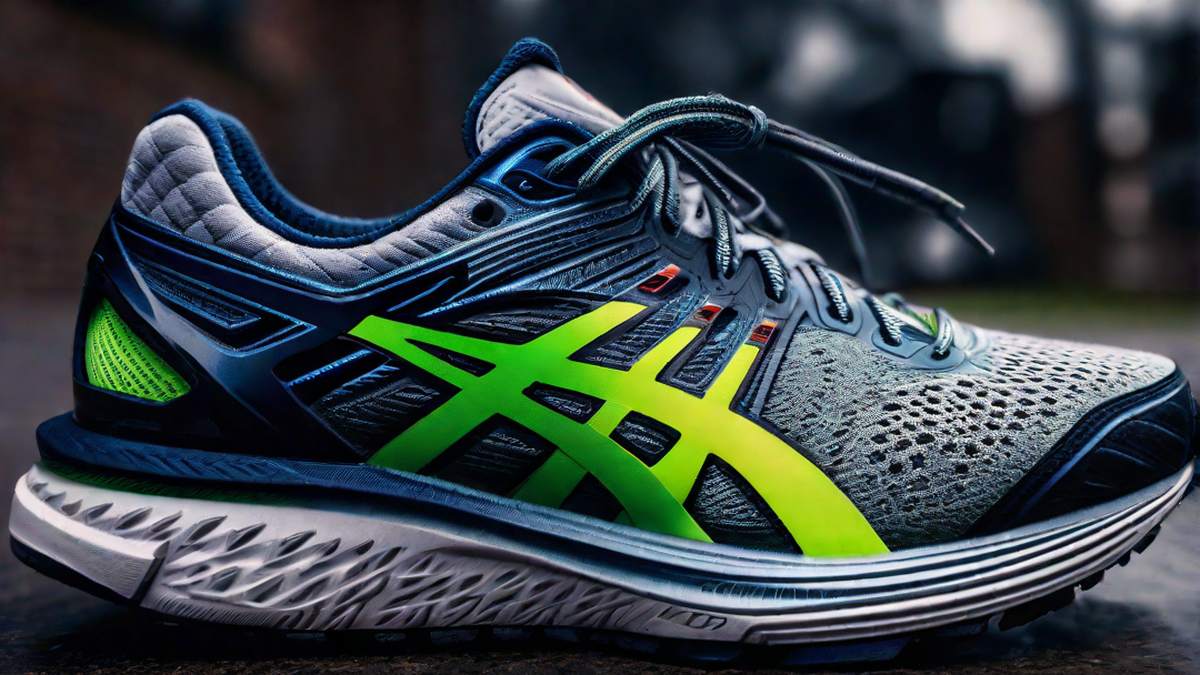When it comes to running, one of the most important aspects to consider is the proper fit of your running shoes. The way you tie your shoes can greatly impact your performance and overall comfort during your runs. I have learned from personal experience that finding the right tightness for your running shoes can make a significant difference in your running experience.
First and foremost, it’s essential to understand that there is no one-size-fits-all answer to how tight you should tie your running shoes. It can vary from person to person based on factors such as foot shape, arch type, and personal preference. However, there are some general guidelines that can help you determine the optimal tightness for your shoes.
1. Comfort is Key
The first and foremost factor to consider is comfort. Your running shoes should feel snug but not overly tight. You should be able to wiggle your toes freely, and there should be no pressure points or areas of discomfort. If your shoes feel too loose, you may experience excessive movement and potential blisters. On the other hand, if your shoes are too tight, you may experience pain and restricted blood flow, which can lead to foot numbness or tingling.
2. Lace Lock Technique
If you have narrow feet or experience heel slippage, using the lace lock technique can be beneficial. Start by lacing your shoes normally until you reach the second-to-last set of eyelets. Instead of crossing the laces over each other, thread them straight through the opposite eyelets and create a loop. Then, cross the laces over each other and thread them through the loops you created. This technique helps secure your heel in place and prevents it from sliding up and down while running.
3. Adjustments During the Run
It’s important to note that your feet can change during a run. As you warm up and your feet swell, you may need to make adjustments to the tightness of your shoes. Listen to your body and make necessary modifications to ensure optimal comfort. Some runners even carry a small tool called a lace lock or lace adjuster to make on-the-go adjustments without having to stop.
4. Trial and Error
Ultimately, finding the perfect tightness for your running shoes may require some trial and error. It’s worth experimenting with different lacing techniques, adjusting the tightness, and listening to your body’s feedback. Everyone’s feet are unique, so what works for others may not work for you. Pay attention to how your feet feel during and after your runs to make the necessary adjustments.
In conclusion, the key to tying your running shoes properly lies in finding the right balance between comfort and support. Remember to prioritize comfort, experiment with different techniques, and make adjustments as needed. Taking the time to find the right tightness for your running shoes can significantly enhance your running experience and reduce the risk of discomfort or injury.

